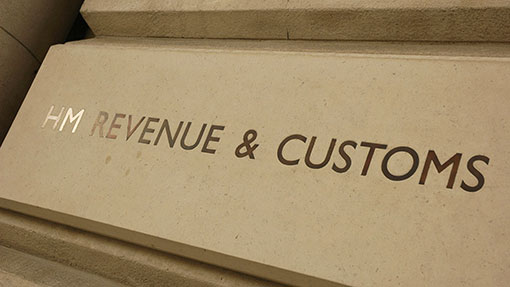Better business: Inheritance tax tips for farms

HMRC is increasingly interested in whether businesses are “investment” or “trading”. Accountant Julie Butler of Butler & Co explains how farmers can secure the correct level of inheritance tax relief by demonstrating that their business is “trading” rather than “investment”.
See also: Better Business: Pre-harvest checks
- At stake is 100% IHT relief and HMRC will look at business structure, income, profits and capital values over a period.
- Areas of attack include farm operations and landed estates where investment activity such as rentals and grass lets may overtake trading activity.
- Frequently under scrutiny is the trade of horse liveries where licences are given to customers with horses. Trading accounts will help the case for “trade”, as will acceptance by HMRC of these on an income tax return and the payment of class 4 national insurance on such an operation.
- Where the liveries are DIY, HMRC will also try to argue this is investment income.
- It is important to show what really happens on the ground. Is the trade regular, conducted on sound and recognised business principles? For example, with a large number of liveries, they change frequently and spaces have to be marketed. Is the farmer actively involved or paying someone to be actively involved?
- Make notes of hours worked in every business – HMRC’s IHT 400 probate tax return asks about this.
- Whether grazing agreements amount to investment depends on the level of control and services provided by the business owner – fertilising is taken as essential to producing the grass crop but HMRC will
try to argue hedging, ditching
and fencing are just the job
of a landlord.
- Shepherding services and watering cattle or sheep, as well as being willing to call the vet when needed, can help to demonstrate a level of service supporting trading status.
